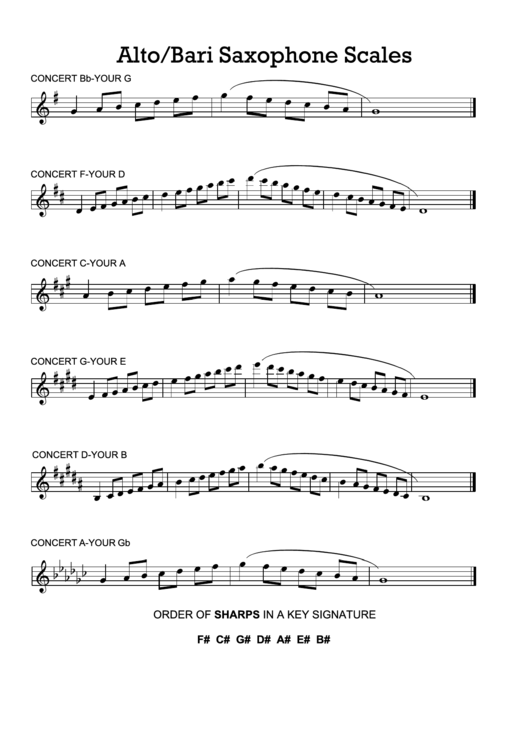

(Vocalists transpose at sight without even thinking about it, since they don't have to worry about different fingerings.) To practice this skill, simply start playing familiar pieces in a different key. Like any other performance skill, it can be learned with practice, and it is a skill that will help you become an extremely versatile instrumentalist. Transposing at sight means being able to read a part written in one key while playing it in another key. To turn a B flat part into an E flat part (B flat to E flat = down a perfect fifth), transpose the part up a perfect fifth.ĭo the correct transposition by interval, including changing the written key by the correct interval. To turn a B flat part into a C part (B flat to C = up one step), transpose the part down one whole step.

To compensate properly, always transpose by moving in the opposite direction from the change in the part names. This may seem counterintuitive, but remember, you are basically compensating for the transposition that is "built into" the instrument. If you have a C part and want it to become a B flat part, for example, you must transpose up one whole step. Make sure you are transposing in the correct direction. The difference between an E flat part and a B flat part is a perfect fifth. For example, the difference between a C and a B flat part is one whole step. The written key signature has nothing to do with the type of part you have only the part's transposition from concert pitch (C part) matters for this step.įind the interval between the two types of part.

To Decide Transpositions for Transposing InstrumentsĪsk: what type of part am I transposing and what type of part do I want? Do you have a C part and want to turn it into an F part? Do you want to turn a B flat part into a C part? Non-transposing parts are considered to be C parts.


 0 kommentar(er)
0 kommentar(er)
